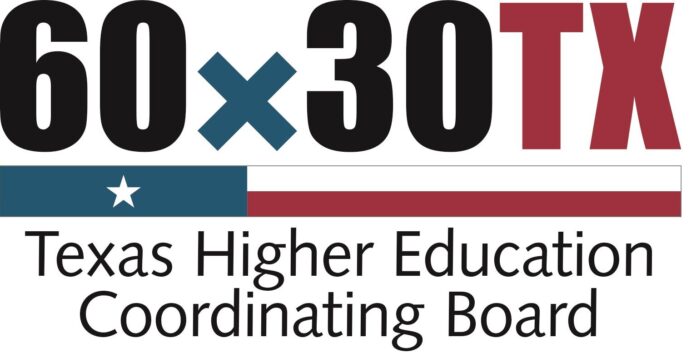There is lots of money out there right now for people who want to go to college or finish up a degree.
Texas Commissioner of Higher Education Harrison Keller said the latest grants awarded by the Texas Higher Education Coordinating Board are for financial aid and can be used especially by people for reskilling and upskilling.
“We’ve got some grants that we awarded to institutions recently to help them build new programs, or add seats, add capacity in the programs that they have especially aligned with the current emerging workforce needs,” Keller said during a recent phone interview.
“We had these stimulus funds entrusted to the Coordinating Board for higher education institutions, so Texas is one of only a few states that’s prioritized higher education for stimulus funds that are part of what’s called the Governor’s Emergency Education Relief fund or GEER, so Gov. Abbott and the legislative leadership actually announced the final allocation from GEAR just over the Christmas break,” Keller said.
“It was a little over $93 million, so all told they have allocated over this last year and a half about $360 million for higher education through the GEER program. We have been working closely with the institutions across multiple fronts, especially on programs related to immediate workforce needs,” he said.
The coordinating board also recently voted to update its 60 by 30 Texas strategic plan that aims to increase the percentage of 25 to 34 year olds with a certificate or degree.
In Ector County, according to recent presentations at Odessa College, 24 percent do not have a high school diploma; 16 percent of people 25 or older have a bachelor’s degree; and 7 percent of people 25 or older have an associate degree.
The county has a 48 percent college-going rate. The college going rate is the number of students who matriculate to a university the fall after their high school graduation.
Keller said the new plan is called Building a Talent Strong Texas.
“This is a product of more than a year’s effort. We engaged hundreds of stakeholders, including higher education leaders and faculty, employers, chambers of commerce, k-12 educators, policymakers and other stakeholders,” Keller said. “The product is outlined in these new Talent Strong Texas goals in three broad areas, so there are new goals for educational attainment,” he said.
“There are new goals around producing what we call credentials of value, so we don’t just want more credentials we want to make sure that those are credentials that are going to be valuable for individuals, for employers, for the state.”
“As part of that, there’s an updated goal around student debt and then there’s a new goal around research, development and innovation because our economy is changing much faster than anyone anticipated. It’s especially changing in direction where we not only require more degrees and certificates and other credentials, but also where the competitiveness of our economy depends on our research and development infrastructure,” Keller added.
“The governor and the legislature have made multiple investments in strengthening our research universities and other institutions across the state, but our higher education goals in our previous plan were silent on that R&D mission, so now in the updated plan we’ll renew our focus on research. I’m enthusiastic about it. Texas is actually the first state to condition our higher education goals on the value of those credentials,” Keller said.
As they think about the degrees and certificates they’re counting, they need to consider a broader range of credentials than traditional college and graduate degrees.
It can also be certificates and certifications, apprenticeships and industry recognized credentials that take additional training beyond a high school diploma, he added.
“It’s important for us to emphasize that we’re talking about degrees, certificates and other credentials of value and those can include short-term workforce credentials and other credentials that historically we have not been tracking and we’ve not been emphasizing,” he added.
Although Texas is creating jobs at a breakneck pace, there are still people who can’t find jobs.
“We saw that especially these last couple of years. The pandemic accelerated changes that were already underway in the economy. We had already been using technology more. We already were relying on data more in various sectors and different jobs. All of that accelerated during the pandemic and the changes that were already underway accelerated in the direction of higher skills, higher credentials faster than anybody anticipated, so if you look at unemployment during the pandemic there’s a striking correlation between unemployment rates and educational attainment,” Keller said.
“I was talking with my friend and colleague, Bryan Daniel, who is chairman of the Texas Workforce Commission, and he told me when they’ve analyzed their data about unemployment claims … Less than 5 percent of the unemployment claims were paid to individuals who had bachelor’s degrees and more than 70 percent of unemployment claims were paid to individuals who had high school diplomas or less. The data is absolutely clear that one of the best investments you can make to help open doors to good jobs, to new career opportunities, to greater income and one of the best protections against long-term unemployment is a high- quality credential beyond a high school diploma,” Keller said. “That’s increasingly essential. The vast majority of these new jobs we’re creating in Texas require some kind of education beyond high school.”




